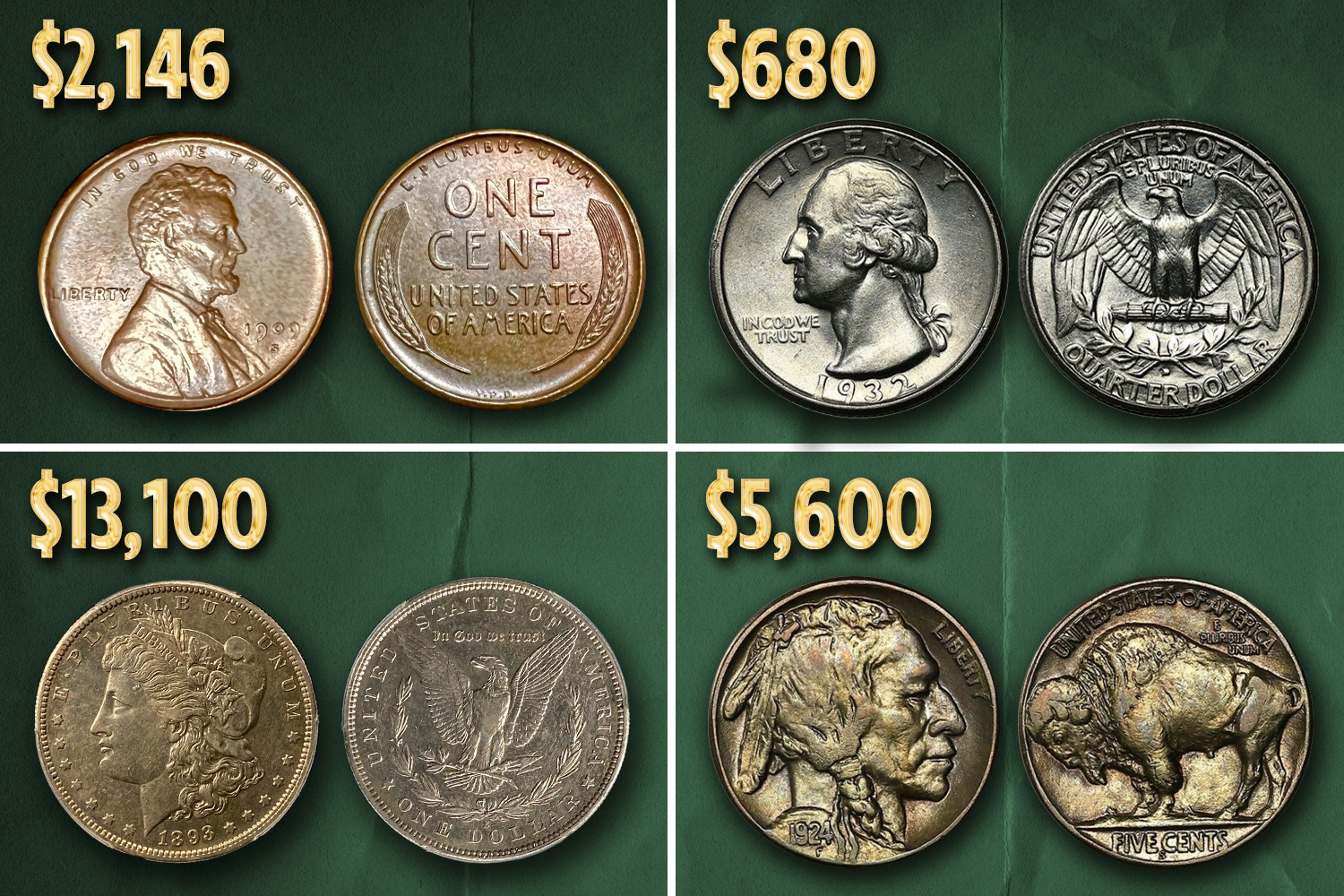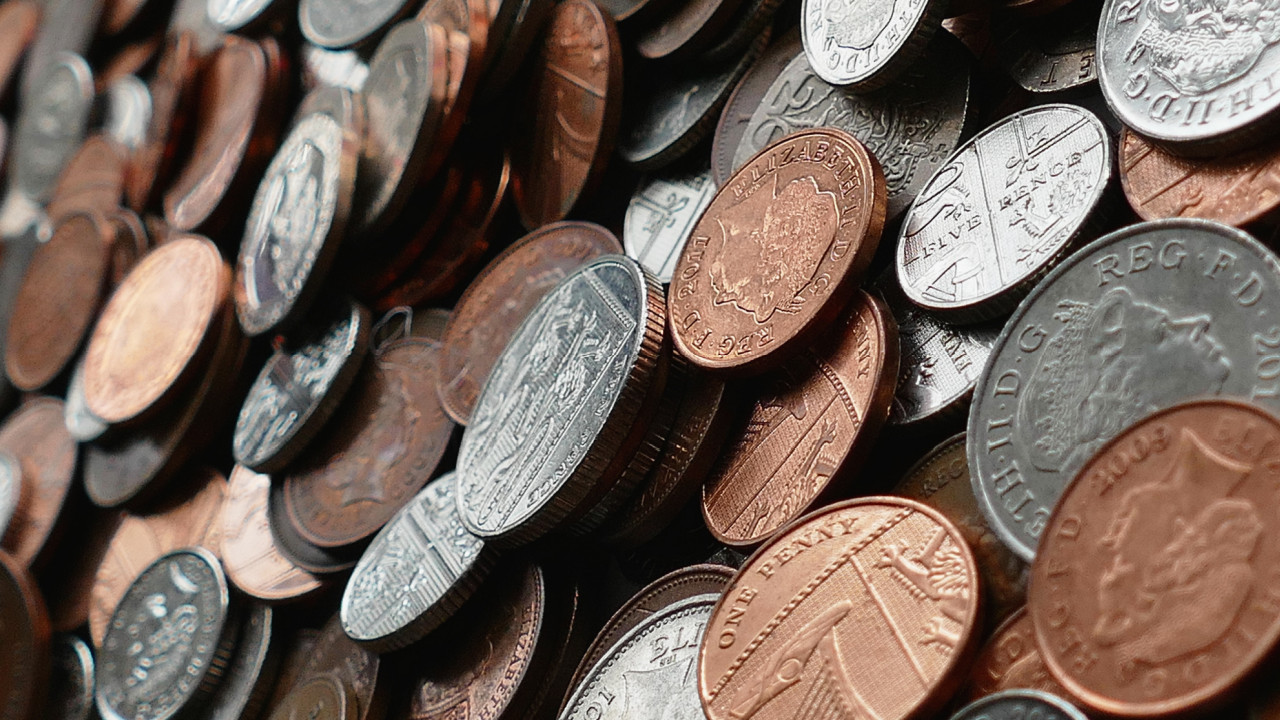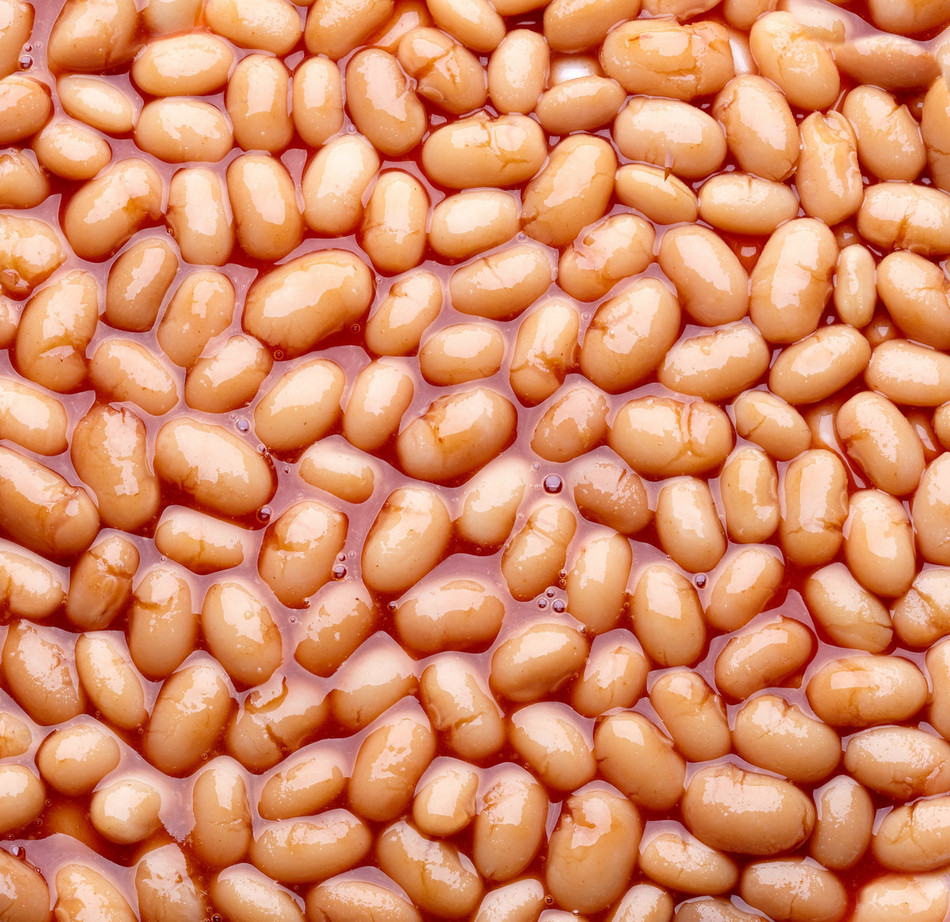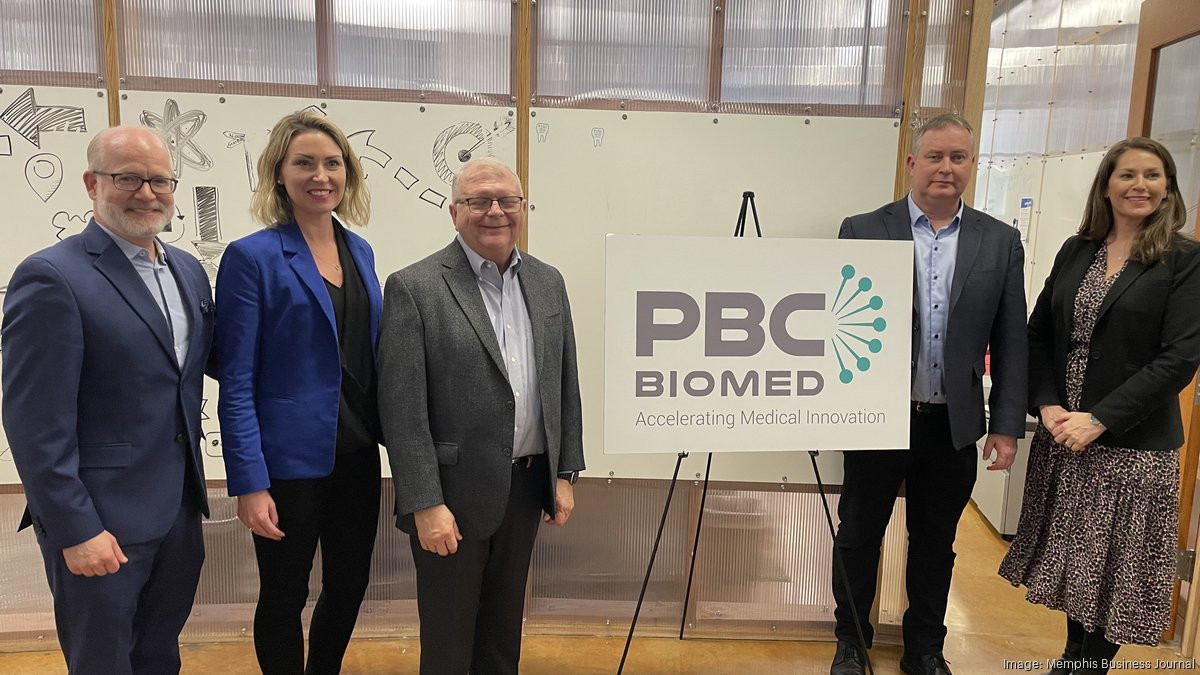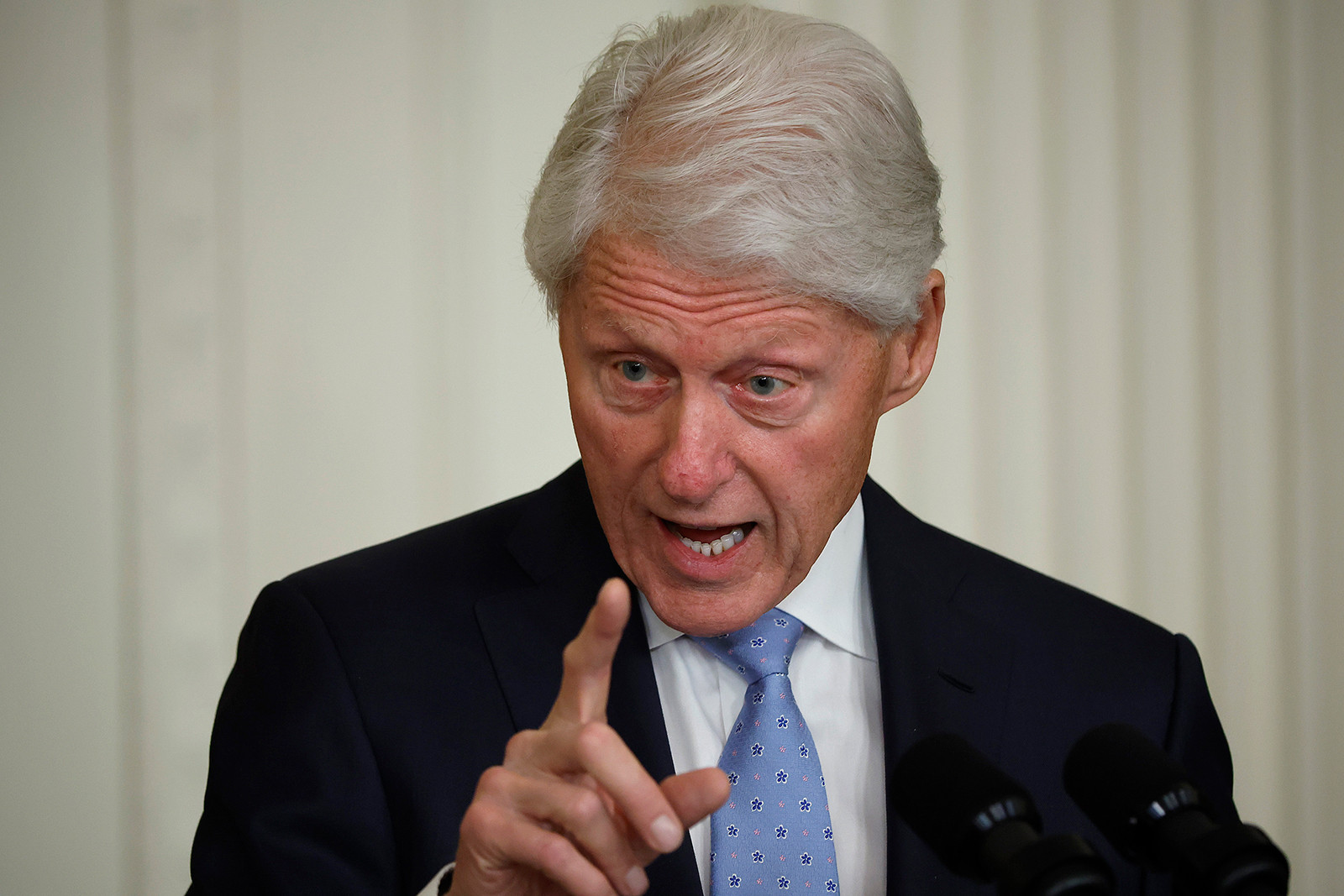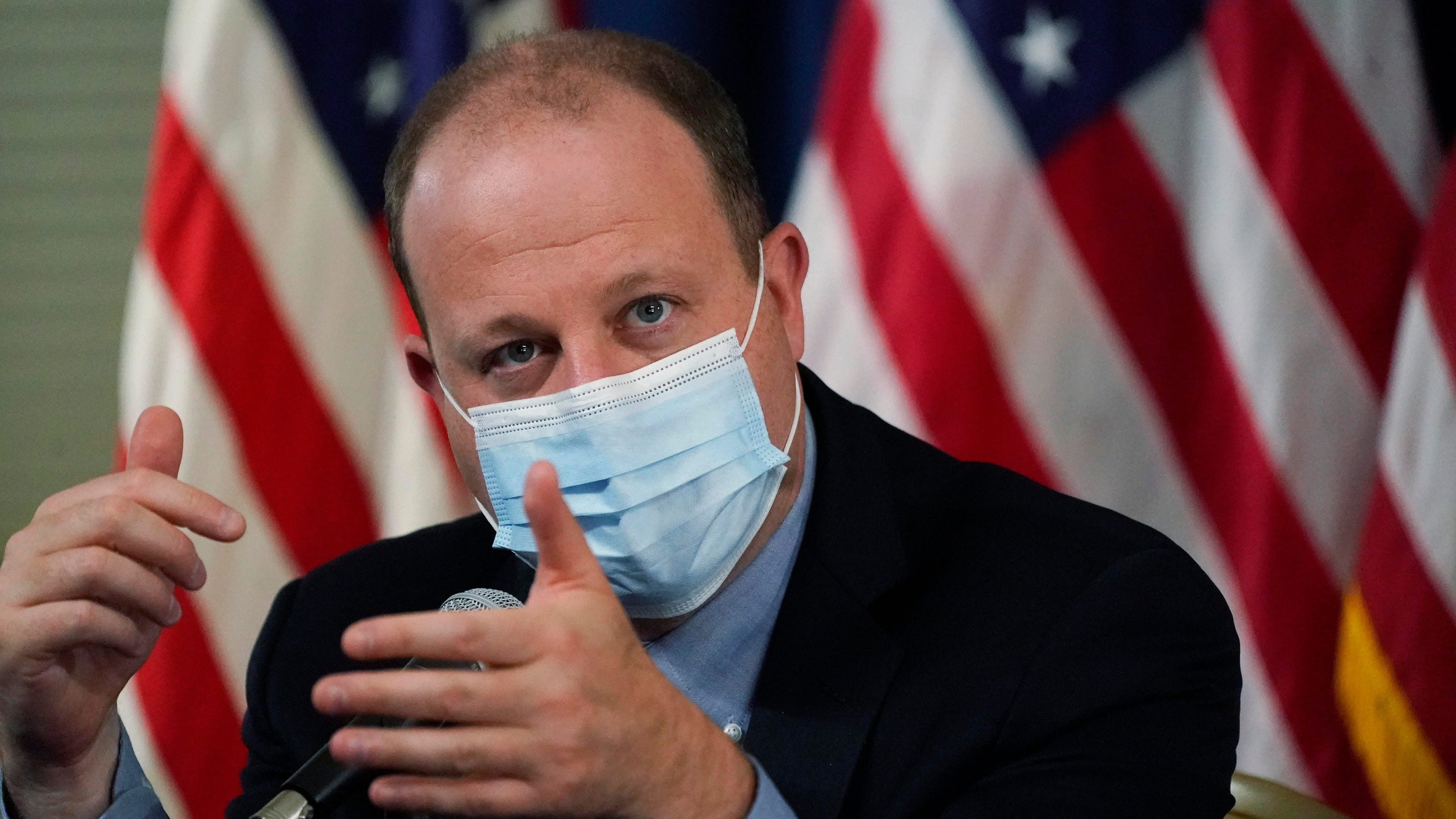Coin collecting might not be as popular as it once was, but it still attracts a certain amount of interest – mainly among older male collectors and dealers. Retired IT consultant Richard Walshe, who has been collecting coins since his teenage years, describes it jokingly as an “obsessional hobby”. Walshe will be one of the stallholders at the National Antiques Fair in Limerick Racecourse on Saturday and Sunday, September 7th and 8th.
Understanding the fascination with historic coins requires a dive into history, and it is the historical context that attracts many people to numismatics (coin-collecting, from the Latin and Greek word “nomisma”, meaning “coin”).
“Part of the attraction to coin-collecting is the political, economic and social history. Then, people also buy good-quality coins as investments. For example, you could buy a 2,000-year-old Roman coin for less than €5, but you could also spend thousands of euro on Roman hoards,” he says.
Walshe specialises in hammered Irish coins from Viking times right through to the 16th and 17th century. Hammered coins, which were typically silver, were then superseded by milled coins, made from copper pressed in machines.
The first Irish coinage – originally written as Lsd or Librae, solidi and denarii, the Latin currency denominations – in pounds, shillings and pence were made by the Irish Free State in 1928. “These coins were designed by a committee headed up by William Butler Yeats and had Saorstát Éireann (Irish Free State) imprinted on them,” says Walshe. The English artist and sculptor Percy Metcalfe won the competition for the animal designs on the coins, which reflected the agrarian Irish society of the time.
The same designs of the horse, salmon, bull, wolfhound, hare, hen and chicks, pig and piglets, and woodcock, were used with Éire and the harp on the front side when the next series of coins were minted in 1939-1969. “The demand among collectors and the general public is mostly for these pre-decimal series,” says Walshe, referring to the half crown (two shillings and sixpence), the Floirin/two shillings, one shilling, sixpence, threepence, penny, halfpenny and farthing (1/4 pence) coins of that era.
Walshe says there is not as much interest in the decimal currency – which was first minted in 1971 – because “people didn’t bother to put it away”. But, there is significant interest in bank notes – particularly the so-called “Lady Lavery” or Series A bank notes printed in 1928-1977, which features the portrait of Lady Hazel Lavery, the American painter and second wife of Belfast-born portrait artist John Lavery. The Irish Free State government invited Lavery to create the female personification of Ireland for the new Irish banknotes, for which Hazel Lavery modelled. The image later appeared as a watermark on Series B and Series C banknotes, until the currency was replaced by the euro. It ceased to be legal tender in February 2002.
Walshe says that there is also a specialist interest in what are called the “Ploughman banknotes”, which have an image of a man with a horse and plough, issued under licence by various banks in Ireland in 1929-1939. “For example, a Bank of Ireland or a Munster & Leinster Bank £1 is worth about €300; a Royal Bank of Ireland, Hibernian Bank £1 is worth €450-€500; an Ulster Bank £1 is worth €700-€800; and a Northern Bank £1 is worth about €1,500,” says Walshe.
He also says that local historians in particular are interested in earlier bank notes, issued by banks with the name of the town printed on them. Similarly, there is a niche interest for tokens, which were issued by local merchants when they ran out of copper change. These were partly created as advertisement; shops including Arnotts and many earlier department stores gave customers these tokens instead of small change. Interested members of the public can also visit the Airgead exhibition at the National Museum of Ireland Decorative Arts and History at Collins Barracks, to peruse the State-owned collection of Irish coins from the Viking period to the present day, as well as some Roman, English, European and Asian coins.
Meanwhile, others dealers selling their wares at the National Antique Fair at the Limerick Racecourse (open from 11am-6pm each day, admission €5 adults; children free) include Jimmy and Garrett Weldon from Weldon’s, Clarendon St, Dublin, a specialist in antique jewellery and Irish silver. Items for sale include a rare silver teapot made in Dublin in 1715 (€25,000), and a silver coffee pot made in 1770 by Cork silversmith, John Nicholson (€7,950).
Garrett Weldon’s brother, Matthew, who runs Courtville Antique and Vintage Jewellers in Powerscourt Townhouse, Dublin, and Marie Curran, also from Dublin, will also be at the fair, selling vintage engagement rings and antique jewellery.
antiquesandartireland.com; weldons.ie; courtville.ie
Have you had a rummage through your coin collection lately? It's well known that some coins are worth more than others, and some even exceed their face value. Now, six particular coins are creating quite the buzz on TikTok, and for all the right reasons.
User @CoinCollectingWizard, who has an impressive following of 185,000, recently shared his wisdom about these rare and valuable treasures. In his video, he posed the question: “Do you remember any of these old British coins? Some are rare and valuable,” before revealing the special six to keep an eye out for. The first was the 1924 Florin or two shillings.
This coin can fetch £65 in fine condition, or a whopping £145 if uncirculated, reports the Mirror. He continued: “The 1949 Brass 3p has a very low mintage of just 464,000, one of these recently sold for just under £500 in fine condition. The 1925 Florin is next with another low mintage of just over a million, this coin sells for around £40 in good condition and over £500 in uncirculated condition.” Join our WhatsApp community group where you can get the latest stories delivered straight to your phone.
Read next: Home Bargains issues ‘do not use it’ warning for eight products
Don’t miss: Rare 50p coins worth up to £2,000 that could be lurking in your wallet
For the fourth coin, the user revealed that not many people know how many of this old penny were minted in 1869, but owning one could be worth up to £5,000, if it’s in good condition. Also, the 1905 half crown was highlighted as one of the “rarest half coins to ever be minted” with a mere 160,000 in circulation.
“This can fetch anywhere between £450 and £10,000,” he said. “And finally, let’s slip this 1933 penny in there because if you are lucky enough to find this coin, then you are guaranteed at least £200,000.”
The video swiftly gathered hundreds of likes and comments, with numerous users excitedly stating they possess one of the coins. One user inquired: “Is a 1957 3p worth anything? ” while another revealed: “I have over 100.”
Valuable Coins From Around The World
Coin collecting is a fascinating hobby that attracts enthusiasts from all walks of life. For those who have delved into this pastime, it’s likely that you have explored the values of rare coins that might still be circulating today. The market for rare coins is vibrant and dynamic, offering opportunities to buy and sell coins that could command substantial sums, particularly if they are in high demand.
Here, we delve into a selection of remarkable coins, each with a significant auction record, as listed by the Professional Coin Grading Services. These coins exemplify the allure of rare coin collecting and the potential for substantial financial reward.
1967 Kennedy Half Dollar (No Mint Mark)
The 1967 Kennedy Half Dollar is distinguished by its absence of a mint mark. From 1965 to 1967, the U.S. Mint intentionally omitted mint marks on coins to curb hoarding. Introduced in 1964 to commemorate President John F. Kennedy, this coin is sought after by collectors due to its historical context and rarity.
1925-S Lincoln Penny
The 1925-S Lincoln Penny, minted in San Francisco, is highly coveted among collectors. The San Francisco mint produced this particular wheat cent in limited quantities, making it a valuable addition to any collection.
1976 Bicentennial Quarter
This quarter was issued to commemorate the bicentennial of George Washington’s birth. It holds a significant place in numismatic history and was produced until the Mint introduced the 50 State Quarters series in 1999. Its historical value contributes to its impressive auction record.
1943-S Jefferson Nickel
Part of the wartime series minted from 1942 to 1945, the 1943-S Jefferson Nickel is notable for its silver composition. Despite the Mint producing over 100 million of these nickels, many have been preserved by collectors, adding to the coin’s value.
1909-S V.D.B. Penny
The 1909-S V.D.B. Penny is one of the most celebrated Lincoln pennies. Designed by Victor David Brenner, the original coins featured his full name, which led to a public outcry. As a result, the initials were removed in subsequent mintings, making the original V.D.B. Pennies highly sought after. Only 484,000 of these coins were issued, contributing to their significant auction value.
1983 Doubled Die Reverse Penny
The 1983 Doubled Die Reverse Penny is notable for its unique error. A mistake during the minting process resulted in a doubled image on the reverse side of the coin. Of the 7.7 billion pennies minted in 1983, only approximately 5,000 exhibited this error, making them highly collectible.
1964-S Proof Dime
This rare dime is distinguished by the absence of the ‘S’ mint mark, a first for proof coins from the San Francisco Mint. It is believed that the Mint quickly identified and rectified the error, making this particular coin a rare find in the collecting community.
1916 Doubled Die Buffalo Nickel
The 1916 Doubled Die Buffalo Nickel is highly prized for its doubled date error. Designed by James Earle Fraser and minted between 1913 and 1938, this coin’s unique error makes it exceptionally valuable, with high demand in the numismatic market.
1944-D Lincoln Penny
The 1944-D Lincoln Penny is a rare anomaly in the world of coin collecting. Produced in the year copper was reintroduced after wartime shortages, this penny is notable for its zinc-coated steel composition, a carryover from 1943. Only about 30 of these steel pennies are believed to exist, driving their auction value into the six-figure range.
Coins and The Internet: A New Era
The internet has had a profound impact on the world of coin collecting. Online platforms have made it easier than ever for collectors to connect with each other, buy and sell coins, and learn about different types of coins. A variety of websites and online forums cater to different interests, from those interested in specific historical periods, to those who specialize in specific types of coins, such as error coins or proof coins. Online auction sites, such as eBay and Heritage Auctions, have also become popular destinations for coin collectors, as they offer a wide variety of coins at competitive prices. The internet has democratized coin collecting, making it more accessible to a wider audience and facilitating the exchange of knowledge and expertise within the community.
What Makes A Coin Valuable?
Coins become valuable for a number of reasons. Some coins are rare because they were only minted in limited quantities, while others are sought after for their historical significance or because they possess unique features, such as a minting error. The condition of a coin is also an important factor in determining its value. A coin that is in uncirculated condition, meaning it has never been used, is typically worth more than a coin that has been circulated and shows signs of wear. The internet and social media have also helped to fuel the popularity of certain coins, with some coins gaining notoriety because of their presence in online forums or social media communities. The value of coins can fluctuate depending on market demand and other factors.
The Future Of Coin Collecting
The future of coin collecting is bright. While the world is increasingly going digital, there is still a strong demand for physical coins, especially for rare and valuable specimens. The internet and social media will continue to play a role in the hobby, providing collectors with new ways to connect with each other and learn about different types of coins. Coin collecting is a hobby that can be both rewarding and educational. It offers collectors the opportunity to learn about history, culture, and the economy, while also enjoying the thrill of the hunt for rare and valuable coins.




